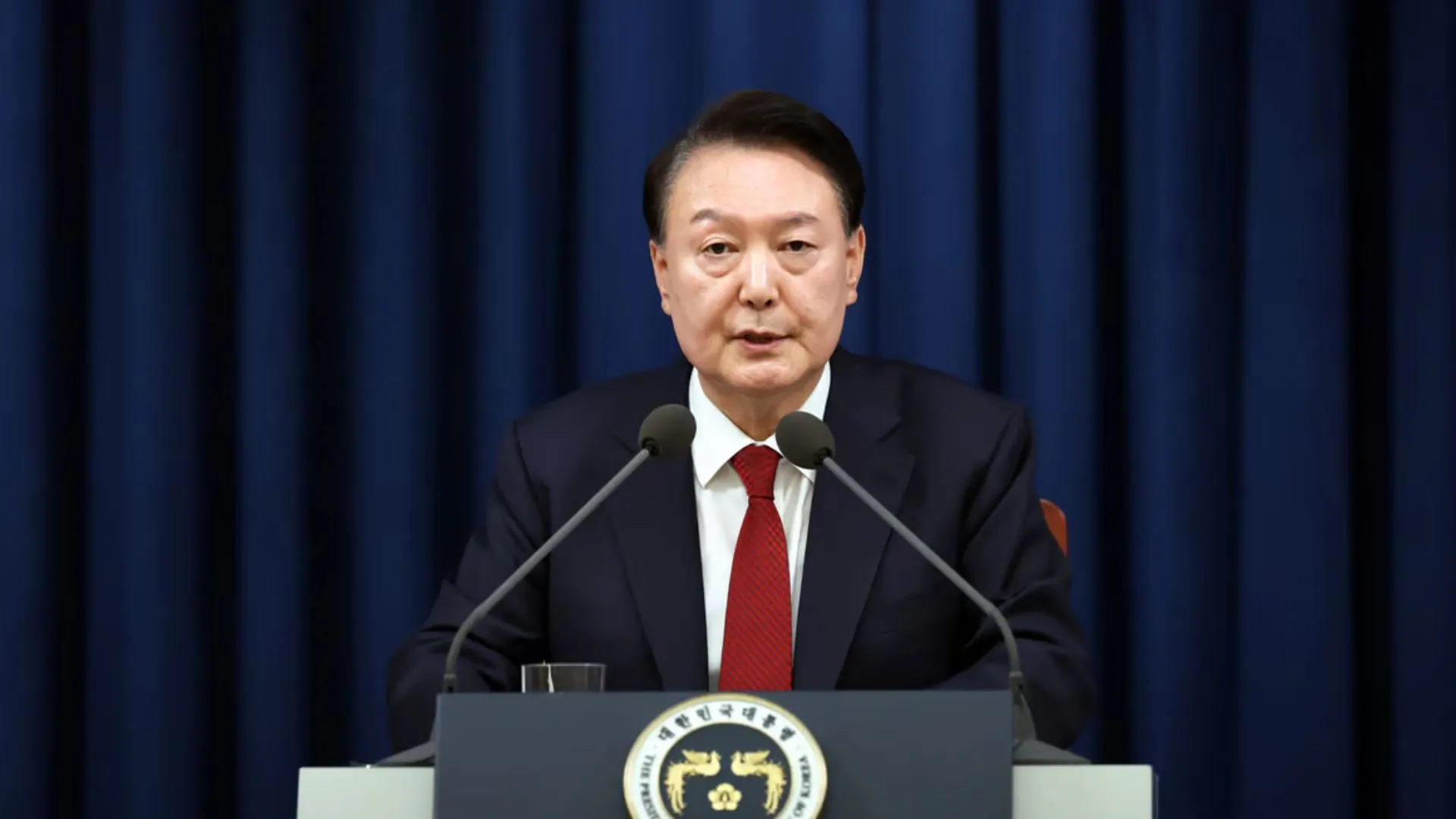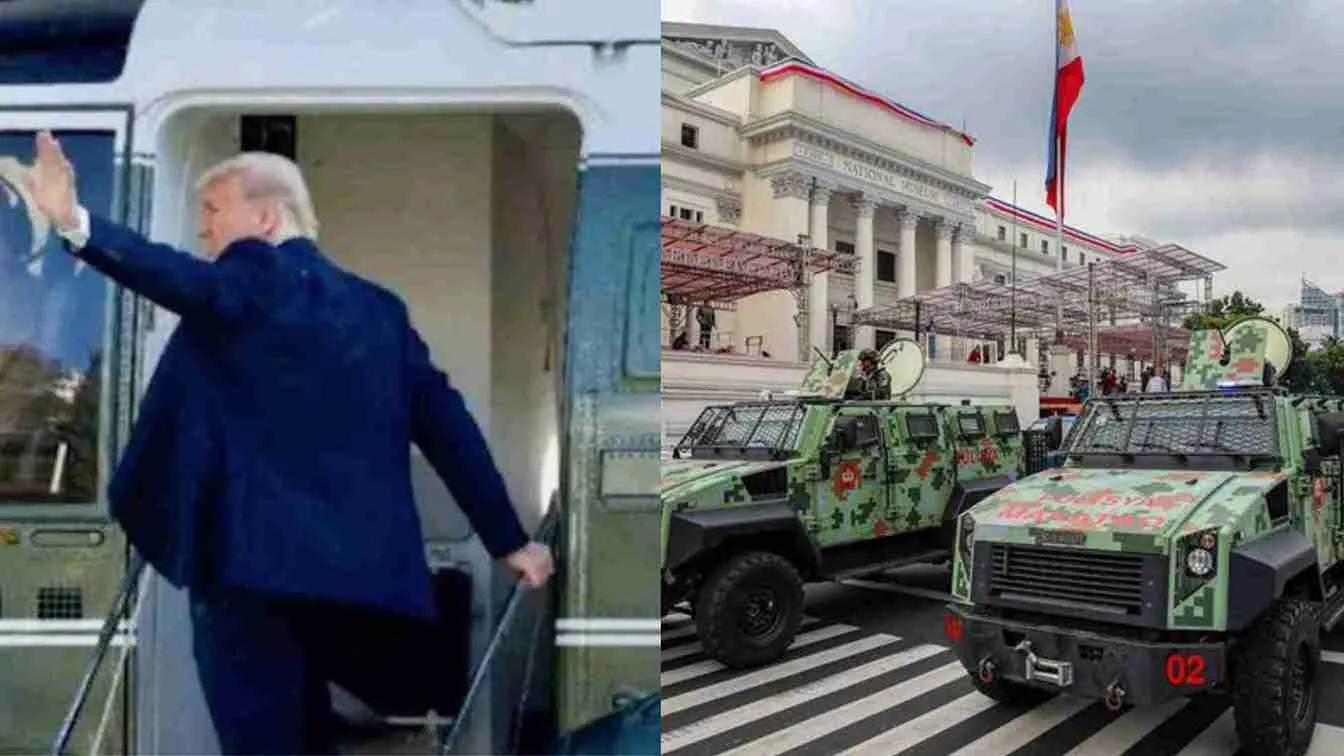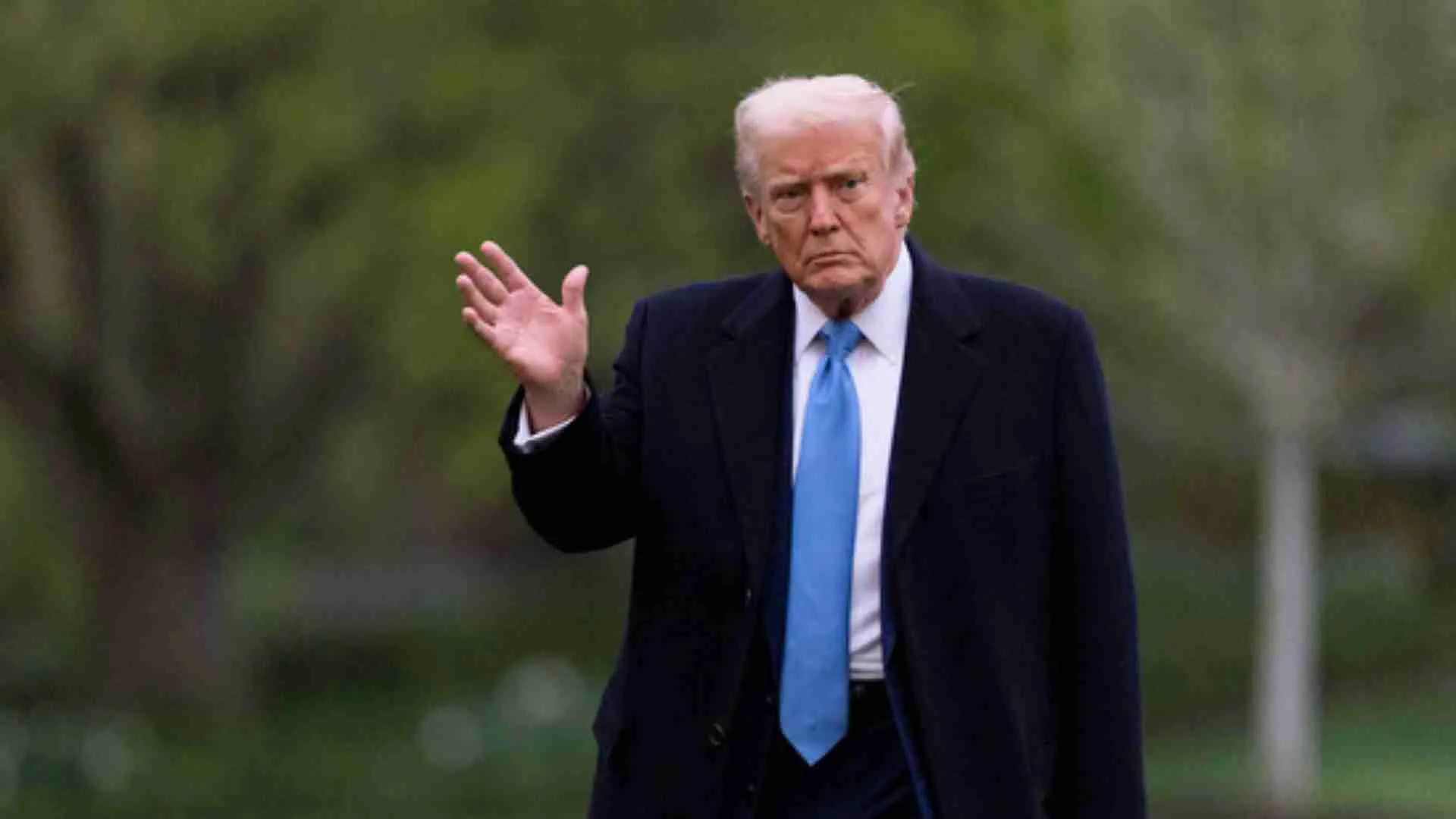The recent expiration of the US-Saudi Arabia petrodollar deal, which had been in effect since June 8, 1974, marks a significant shift in global financial dynamics and geopolitical strategies. Here’s a closer look at what the petrodollar system entailed, what its end means, and what the implications are moving forward:
Petrodollars and the Petrodollar System
– Definition and Origins: Petrodollars refer to US dollars earned by oil-exporting countries, primarily through the sale of crude oil. The petrodollar system emerged after the US abandoned the gold standard in 1971, under President Nixon, thereby detaching the US dollar from a fixed gold value.
– Purpose: Initially set up in 1974 between the US and Saudi Arabia, the petrodollar deal ensured that oil transactions were conducted exclusively in US dollars. This arrangement bolstered the dollar’s status as the global reserve currency, reinforcing its dominance in international trade and finance.
– Benefits: For the US, the petrodollar system facilitated a steady demand for its currency globally. This demand supported the strength of the dollar, made imports cheaper for American consumers, and attracted capital inflows into US treasury bonds, thereby maintaining low interest rates and a robust bond market.
The US-Saudi Petrodollar Deal
– Historical Context: The agreement between the US and Saudi Arabia was forged amidst an oil crisis in the early 1970s. In exchange for purchasing oil from Saudi Arabia, the US provided military aid and equipment, while Saudi Arabia reinvested petrodollar revenues back into the US economy, primarily through purchasing US debt.
– Mutual Benefits: This arrangement was mutually beneficial; Saudi Arabia ensured its economic stability and security through US military support, while the US secured a steady supply of oil and a reliable buyer for its debt instruments.
Implications of the Deal’s Expiration
– Immediate Changes: With the expiration of the petrodollar deal, Saudi Arabia now has the flexibility to accept other currencies like yuan, euros, rubles, yen, and potentially even digital currencies such as Bitcoin for its oil exports.
– Long-Term Impact: The move away from the petrodollar system could lead to a decline in global demand for the US dollar. This scenario might weaken the dollar’s value, potentially causing higher inflation, increased interest rates, and volatility in the US bond market.
– Geopolitical Shifts: Geopolitically, the shift signifies a potential reconfiguration of global power dynamics. It could prompt Saudi Arabia and other nations to diversify their economic ties, reducing reliance on the US and fostering closer relationships with emerging economic powers like China and the BRICS nations.
Broader Implications
– Financial Markets: The expiration of the petrodollar system might necessitate adjustments in global financial markets, affecting currency exchange rates, commodities pricing, and international trade dynamics.
– Geopolitical Realignment: Countries could seek new alliances and economic partnerships, potentially reshaping geopolitical alliances and economic strategies worldwide.
Conclusion
The end of the US-Saudi petrodollar deal after nearly five decades marks a pivotal moment in global economic history. While the full repercussions are yet to unfold, it underscores broader shifts in financial markets, geopolitical strategies, and international relations. As countries adapt to these changes, the implications for global trade, currency markets, and economic stability will be closely watched and analyzed in the coming years.























